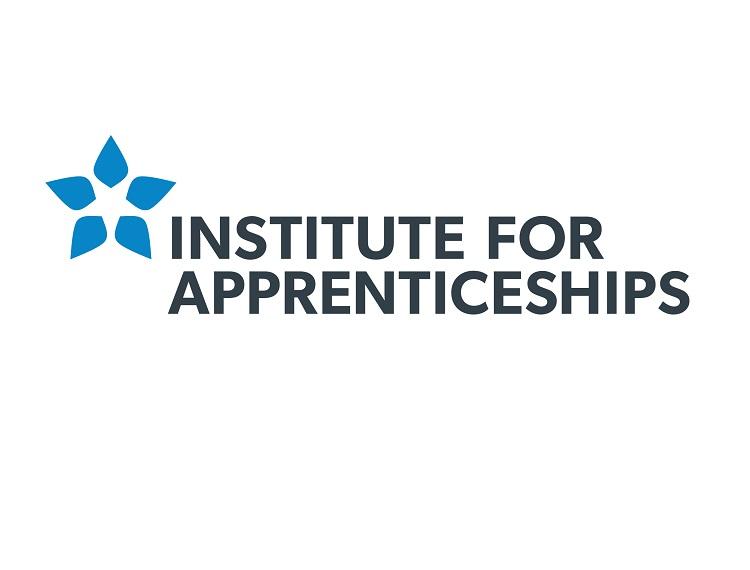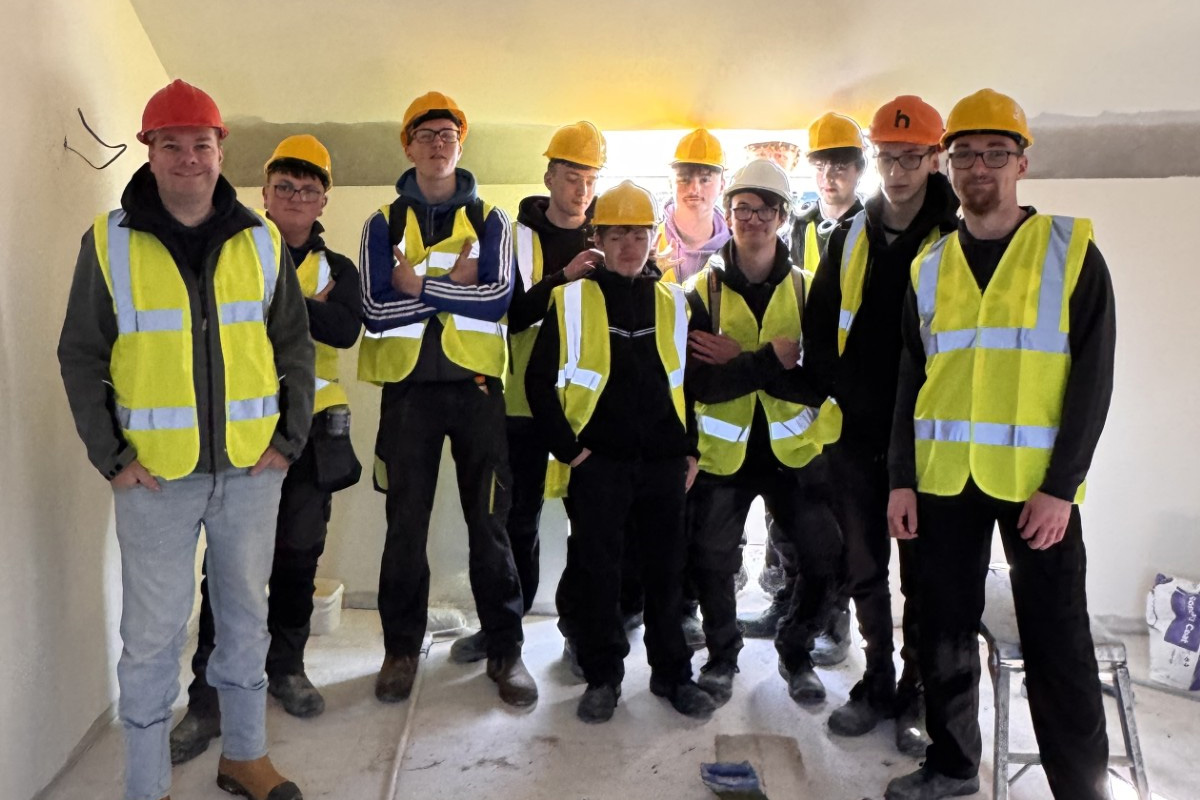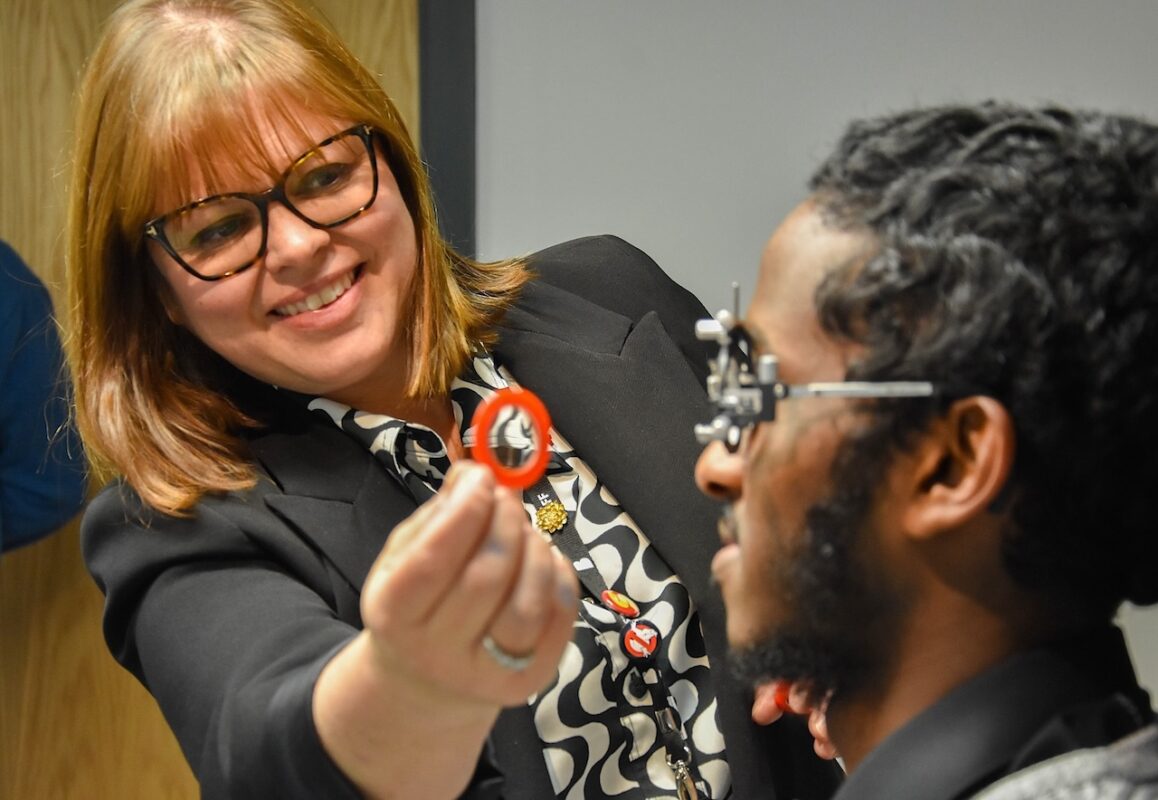Plasterer

Reference Number: ST0096
Details of standard
The published funding band for this standard applies from 1 August 2018. For starts on this apprenticeship before 1 August 2018, the nearest funding band under the current structure will apply: funding band 9 (upper limit £9000).
OCCUPATIONAL PROFILE
The construction sector is the driving force behind the UK economy, employing three million people and contributing 6.4% of GDP. Not only that, the construction industry is central to delivering the homes, schools, hospitals, energy and transport infrastructure our society demands. A career in the construction industry is like no other. Plastering is a core function within the construction sector, particularly the house building sector and refurbishment sectors. The Government has a target to build significantly more new homes over the coming years and therefore the demand for plasterers has never been higher.
The occupation covered by this apprenticeship standard is for a Plasterer that will specialise in either Solid or Fibrous plaster work after undertaking the core learning.
All plasterers can work on their own or as part of a small team. They work on small-scale domestic jobs, repairs and restoration and on big commercial developments such as schools or hospitals.
Plasterers will often complete dry lining projects during their career. Although a person may specialise solely in dry lining, a plasterer must have the knowledge of dry lining in addition to their knowledge and skills to plaster.
Whilst some plasterers are directly employed by companies specialising in plastering, there are a lot who are self-employed and are sub contracted by companies to work on new or existing buildings.
Solid plastering
Solid plastering involves applying a range of plastering systems on to different background surfaces using traditional and modern materials. Background surfaces include solid plain walls, walls with openings and returns, ceiling joists and partitions, beams and piers that are attached or independent of walls. Solid plastering work includes preparing solid backgrounds by hand and mechanical means and installing sheet materials such as expanded metal lath/rib lath, standard angle beads, skim beads, stop beads, expansion beads and reinforcements for the application of one, two or three coat plastering systems. As a solid plasterer you would mainly be installing products on site.
Fibrous plastering
Fibrous plastering involves creating plaster components with either a modern contemporary design or with an ornamental to a classical design. These components could include lighting troughs, beam and column casings, ceiling roses, complete ceilings, cornices, panel mouldings and many others. They are produced using plaster that is reinforced with hessian canvas and timber laths (fibrous) or artificial fibres (GRG). As a fibrous plasterer you would produce work in a workshop in addition to installing products on site. You will find fibrous work in traditional and modern buildings and sometimes in the film industry.
CORE KNOWLEDGE AND SKILLS REQUIREMENTS
Knowledge
Health and safety: Health and safety hazards, current regulations and legislation. Codes of practice and safe working practices, including asbestos awareness and correct use of personal protective equipment (PPE).
Customer service: The principles of high quality customer service. Establishing the needs of others (colleagues, customers and other stakeholders). Respect the working environment including customers’ properties, impact on other trades and the project.
Communication: Different communication methods. How to communicate in a clear, articulate and appropriate manner. How to adapt communication style to different situations. How to interpret and use drawings and specifications.
Buildings: Different eras, types of construction methods, insulation considerations, facilities, fire protection. The importance of thermal/insulation to buildings, damp proofing/tanking, renovation and restoration.
Materials: Types of traditional and modern materials; moving, handling and storage of them; their uses and characteristics, eg types, condition, strength and compatibility. Cost awareness and environmental considerations/waste awareness, eg surface water management and recycling. Chemical damp proofing installation, moisture effects and damage.
Considerations before completing plastering work: u-vales, insulation, impact, fire proofing around steel work.
Dry lining: materials, methods, and finishes.
Skills
Materials: Identify and prepare surfaces for plastering. Determine quantities and ratios of materials. Move, handle and store materials.
Safe working: Adhere to relevant health and safety legislation, codes of practice and apply safe working practices, including when working at heights.
Working environment: Select appropriate tools, equipment, materials and components where necessary. Interpret and use drawings and specifications. Maintain a clean working area.
Fixing and jointing plasterboard: Mechanically install plasterboard to timber and lightweight metal framing. Direct bond plasterboard to masonry. Use hand applied and machine applied tape and jointing systems.
Plastering: Apply solid plastering systems using one and two coat plastering to internal surfaces.
In-situ moulds: Construct running moulds to match existing moulding design, set up running rules and plaster screeds, run in-situ moulding work including coring out using bracketing on solid backgrounds. Assemble benches, run short breaks and form stop ends, make good internal and external mitres and returned ends.
Running moulds: Construct positive or negative running moulds. Set down running rules correctly. Run reverse moulds and prepare for casting. Run panel moulds. Take casts from reverse moulds.
Repairing existing plaster: Renovate and restore internal and external effected surfaces back to original state.
Install cast mouldings: Install cornice mouldings including forming internal and external mitred angles.
SPECIFIC KNOWLEDGE AND SKILLS REQUIREMENTS
Apprentices will undertake the core learning above and also specialise in one of the particular disciplines listed below.
Solid plastering
Plastering: Apply three coat plastering, including heritage lime mortars and finishes, and machine applied plaster; re-instate plastering systems after chemical damp proof injection.
Rendering: Apply traditional, modern and machine applied render systems including colour rendering; run in situ moulding work in sand and cement.
Ancillary works: Fix beads and trims, use additives and form mechanical keys as required, mechanically fix EML, riblath and timber lath.
Fibrous plastering
Reverse moulds: Produce reverse moulds (eg enriched cornices, arches, columns, pilasters, corbels ceiling centre and beam case).
Casting: Cast from reverse moulds in fibrous plaster, GRG and GRC (glass fibre reinforced cement) Fixing cast mouldings: install cast mouldings (eg enriched cornice, arches, columns, pilasters, corbels, ceiling centre and beam casing.
Restoration of existing mouldings: Take squeezes of different types of mouldings using plaster, clay and silicone rubber to reproduce mouldings to match the original; produce and install mouldings for the repair of existing mouldings.
BEHAVIOURS
Positive and mature attitude: Conscientious, punctual, enthusiastic, reliable and professional including appearance. Take responsibility for personal judgements and actions. Be aware of the limits of personal competence. Show drive and energy in fulfilling requirements of role, including deadlines and being proactive not reactive. Show honesty and integrity by developing the trust of customers and colleagues and undertaking responsibilities in an ethical and empathetic manner. Demonstrate awareness of equality and diversity in all aspects of role.
Quality focused: Be reliable, productive, efficient and quality focussed in work and in personal standards to current industrial standards. Awareness and consideration of other trades, eg plaster walls in a way that allows for pipes and electrical wiring. Keep work area clean and tidy. Provide protection to adjacent finishes to avoid possible damage. Provide good customer service. Give consideration to the appropriate use of resources and personal actions in regards to environmental, social and economic factors and their impacts. Effective communication: Oral (including listening), written, body language and presentation. Collaborate with others, eg colleagues, clients, architects, contract managers, other trades, clients, suppliers and the public regardless of differences in race, gender, sexual orientation, or other characteristics.
Self-motivated learner: Identify personal development needs and take action to meet those needs. Keep up-to-date with best practice and new technology. Show initiative to independently complete work and solve problems by seeking out critical information.
DURATION
Typical completion time is likely to be 36 months. This may reduce if an apprentice has gained previous relevant knowledge and skills.
ENTRY REQUIREMENTS
Entry requirements will be determined by individual employers.
ENGLISH AND MATHS
If not already achieved, the apprentice will have to achieve level 2 English and maths as part of the Apprenticeship, prior to taking the end point assessment.
LINK TO PROFESSIONAL REGISTRATION
On completion of this Apprenticeship, the apprentice will have satisfied the requirements to obtain a Construction Skills Certification Scheme (CSCS) Card at the appropriate level. As a result of achieving the Apprenticeship, there will be an entitlement to join the Federation of Master Builders’ continuous professional development (CPD) scheme for individual tradespeople.
LEVEL
This is a level three Apprenticeship.
REVIEW DATE
This Apprenticeship standard will be reviewed in three years.
Crown copyright © 2017. You may re-use this information (not including logos) free of charge in any format or medium, under the terms of the Open Government Licence. Visit www.nationalarchives.gov.uk/doc/open-government-licence











Responses